How to Fix “Your IT Administrator Has Limited Access” Error in Windows Security?
The error “Your IT administrator has limited access to some areas of this app, and the item you tried to access is not available” usually occurs when a user attempts to modify settings such as Virus & Threat Protection or Device Security. This error prevents you from accessing certain features in the Windows Security app, essentially indicating that access to these sections has been restricted by administrative policies.
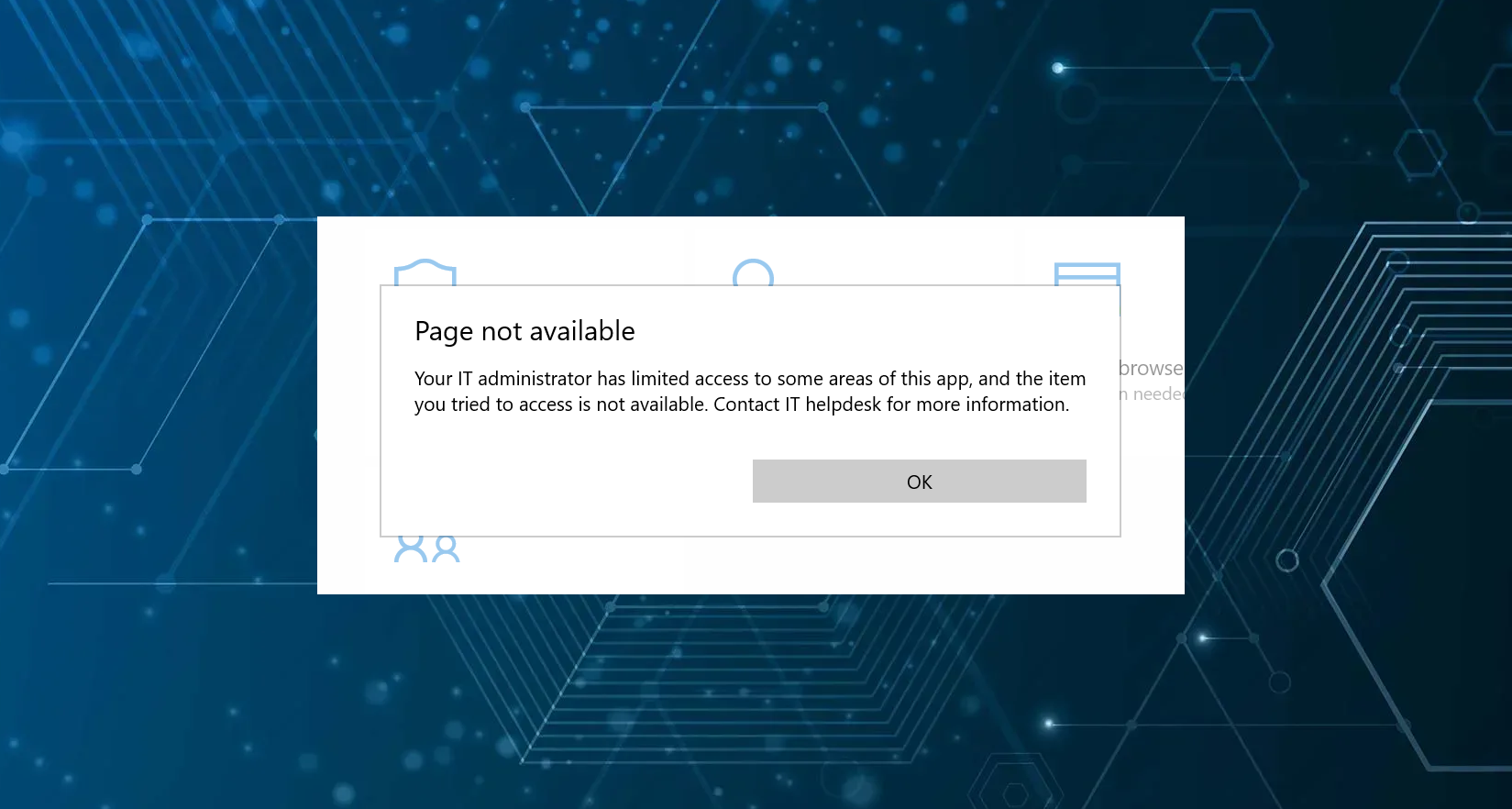
1. Remove Work or School Account (if applicable)
Caution: Removing your work or school account will disable access to any resources, applications, or files associated with that account, and may potentially affect email and cloud services linked to the account. Ensure you understand these implications before proceeding.
When you have a work or school account connected to your computer, certain group policies and restrictions set by your organization can limit access to system features. These policies override your personal settings and cause the error. By removing the work or school account, you eliminate the link between your computer and the organizational policies.
- Open Settings by pressing Windows + I.
- Go to Accounts.

- Select Access work or school from the left pane.
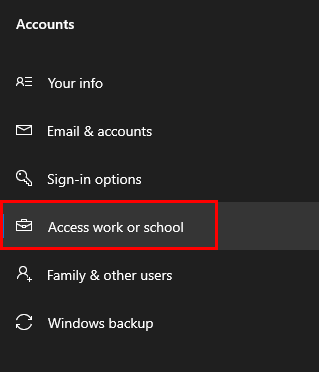
- Navigate to the connected account and select it.
- Click on Disconnect and restart your computer for the changes to take effect.
2. Check and Modify Group Policy (Pro & Enterprise versions)
Note: The Local Group Policy Editor (gpedit.msc) is only available on Windows Pro, Enterprise, and Education editions. If you are using Windows Home edition, this method will not be applicable as you do not have access to the Group Policy Editor. In such cases, you may need to explore alternative methods or consider upgrading your Windows version if Group Policy management is essential for your needs.
Organizations often use group policies to apply restrictions across multiple systems. Users may not be able to access security settings if their device was previously part of a managed environment or if certain policies were applied accidentally. Modifying these policies will allow you to regain control over your Windows Defender and other Windows Security features.
- Press Windows + R to open the Run dialog box.
- Type in gpedit.msc and press Enter to open the Local Group Policy Editor.
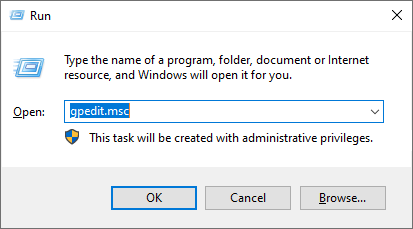
- Navigate to Computer Configuration > Administrative Templates > Windows Components > Microsoft Defender Antivirus.

- Double-click on Turn off Microsoft Defender Antivirus and set it to Disabled if it is not already.
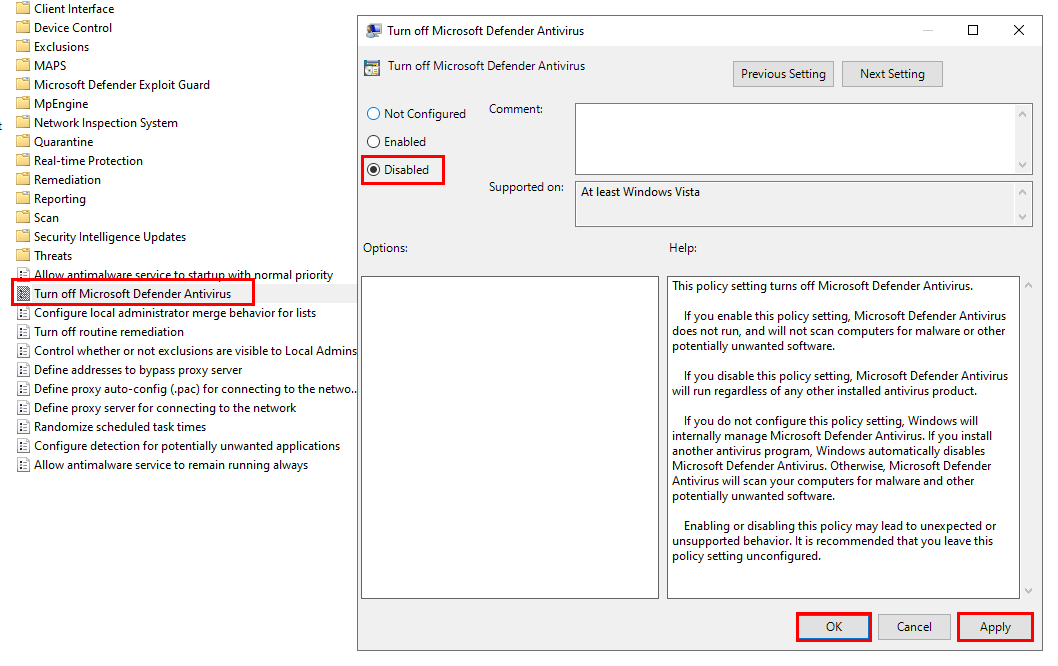
- Double-click on Allow Antimalware Service to start with normal priority and ensure it is set to Disabled as well.

- Finally, restart your computer.
3. Delete Restrictive Registry Entries (For Expert Users Only)
Warning: Editing the Windows Registry is risky and can cause system instability or data loss if done incorrectly. It is highly recommended to back up your registry or create a system restore point before proceeding.
Group policies or settings from past organizational management can be enforced through these registry entries, which may limit your access to certain areas of Windows Security. By deleting specific entries related to Windows Security policies, you can reset these restrictions.
However, be cautious of the broader impact these deletions may have. Always ensure you understand the purpose of each registry key you plan to delete. If unsure, research or consult with a professional.
Note: Before proceeding with this method, back up your registry as a precaution. To do so, open the registry editor, select File, then Export and save it anywhere you choose.
- Open Command Prompt as an administrator by searching for it through the search bar, then right-clicking and selecting Run as administrator.
- Enter the commands given below one by one, pressing Enter after each. These commands will delete specific policies from the registry that may be causing these restrictions.
reg delete "HKLM\Software\Microsoft\Windows\CurrentVersion\Policies" /f reg delete "HKLM\Software\Microsoft\WindowsSelfHost" /f reg delete "HKLM\Software\Policies" /f reg delete "HKLM\Software\WOW6432Node\Microsoft\Policies" /f reg delete "HKLM\Software\WOW6432Node\Microsoft\Windows\CurrentVersion\Policies" /f reg delete "HKLM\SOFTWARE\Policies\Microsoft\Windows Defender" /v DisableAntiSpyware /f reg delete "HKCU\Software\Microsoft\Windows\CurrentVersion\Policies" /f reg delete "HKCU\Software\Microsoft\WindowsSelfHost" /f reg delete "HKCU\Software\Policies" /f reg delete "HKLM\Software\Microsoft\Policies" /f
- Once you have run all these commands, restart your computer and check if the error persists.
4. Uninstall Third-Party Antivirus Software
Third-party antivirus programs typically take control of your Windows Security to prevent conflicts between the two systems, which can lead to restricted access to certain areas of Windows Security. By uninstalling these third-party programs, you allow Windows Defender and other security features to regain control, thus fixing the issue.
- Open Control Panel by searching for it through the search bar.
- Navigate to Programs, then Programs and Features.

- Look for your antivirus program in the list of installed programs.
- Select your antivirus program and click on Uninstall.
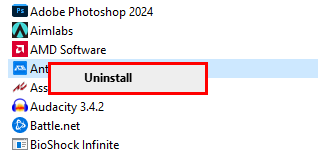
- Follow the on-screen instructions to complete the uninstallation.
- Restart your computer.




